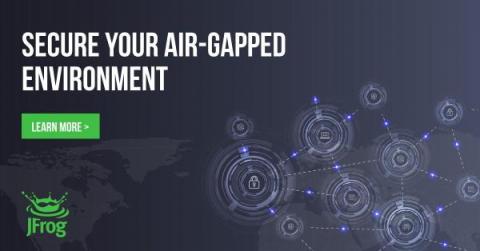IP ranges - better security for more confidence
Today, we’re announcing that one of our most popular feature requests, IP ranges, is now generally available for CircleCI Cloud customers. This feature enables teams to meet compliance requirements by limiting the connections that communicate with their infrastructure. No company wants to give the entire internet access to their artifact repositories or other sensitive environments. With IP ranges, teams are able to open up their IP-based firewalls to only CircleCI.











